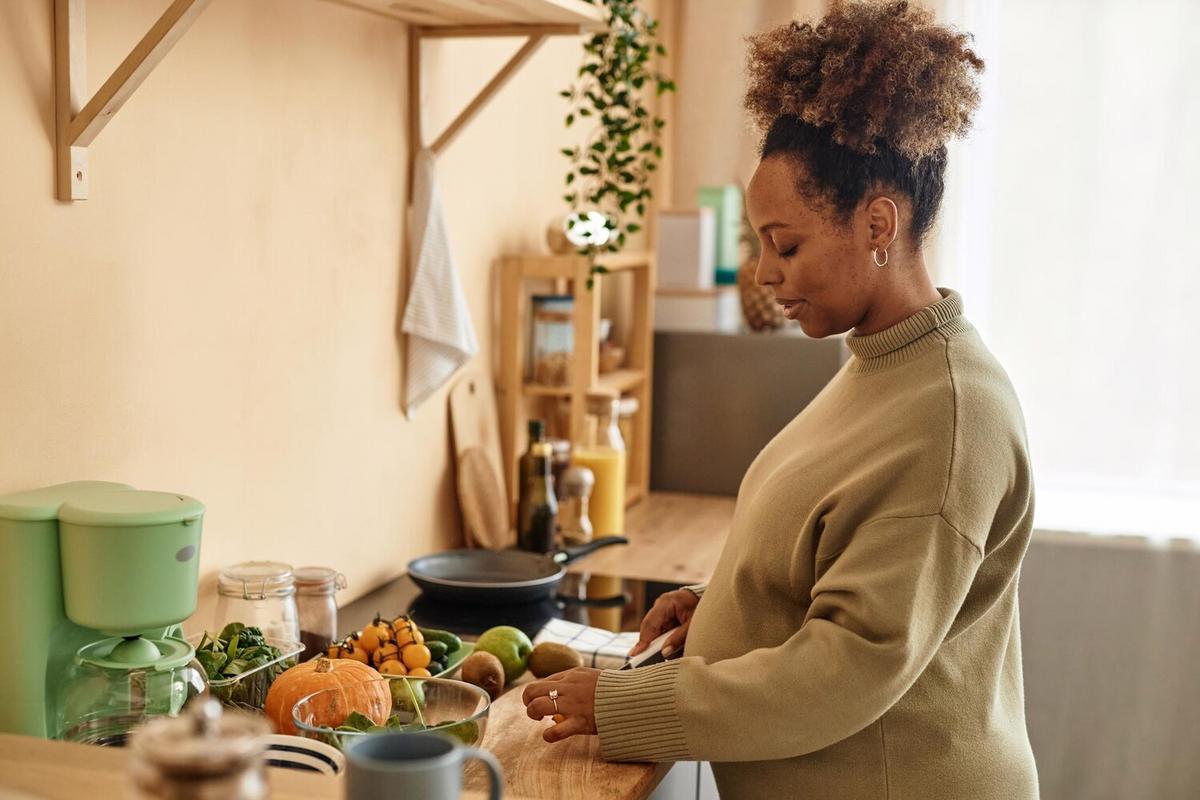Meal prepping is a strategic approach to eating that can significantly aid weight loss by providing ready-to-eat, healthy options throughout the week. This method not only saves time and money but also helps in maintaining portion control and making healthier food choices.
Understanding Meal Prepping
Meal prepping involves planning and preparing meals in advance, typically for a week, and storing them for easy access. This approach helps in reducing the temptation of unhealthy eating and ensures that you have nutritious meals ready, which supports weight loss goals.
Why Meal Prepping Works
According to a study published in the International Journal of Behavioral Nutrition and Physical Activity, individuals who prepare meals ahead of time tend to have better dietary quality and are more likely to stick to their weight loss goals. This structured approach helps in avoiding last-minute unhealthy choices.
“Planning meals in advance allows individuals to manage portion sizes effectively and choose healthier ingredients,” says nutritionist Dr. Emily Collins.
Getting Started with Meal Prepping
Starting meal prepping can be daunting, but breaking it down into manageable steps makes it easier. Here’s how you can begin:
- Plan Your Menu: Choose a variety of meals that you enjoy and that align with your dietary goals.
- Shop Smart: Make a detailed grocery list to avoid overbuying and stick to your budget.
- Set Aside Time: Dedicate a few hours on a day that suits you for cooking and assembling meals.
Simple Recipes for Meal Prepping
Here are some easy recipes to get you started on your meal prepping journey:
| Meal | Ingredients | Preparation |
|---|---|---|
| Grilled Chicken Salad | Chicken breast, mixed greens, cherry tomatoes, cucumber, olive oil, lemon juice | Grill chicken, combine with veggies, and drizzle with olive oil and lemon juice. |
| Quinoa and Black Bean Bowl | Quinoa, black beans, corn, bell pepper, lime, cilantro | Cook quinoa, mix with beans, corn, and pepper, and top with lime and cilantro. |
| Overnight Oats | Rolled oats, almond milk, chia seeds, berries, honey | Combine ingredients in a jar and refrigerate overnight. |
| Stir-Fried Tofu and Vegetables | Tofu, broccoli, carrots, soy sauce, sesame oil | Stir-fry tofu and veggies with soy sauce and sesame oil. |
| Lentil Soup | Lentils, carrots, celery, onion, garlic, vegetable broth | Sauté veggies, add lentils and broth, simmer until cooked. |
| Egg Muffins | Eggs, spinach, bell pepper, cheese | Whisk eggs, mix with veggies and cheese, bake in muffin tins. |
| Turkey and Avocado Wrap | Turkey slices, avocado, whole wheat wrap, lettuce, tomato | Layer ingredients in wrap and roll tightly. |
| Fruit and Yogurt Parfait | Greek yogurt, mixed berries, granola | Layer yogurt, berries, and granola in a cup. |
Overcoming Common Challenges
Some common challenges with meal prepping include time constraints and food boredom. To overcome these, consider preparing meals bi-weekly and experimenting with different herbs and spices to keep meals exciting.
FAQs on Meal Prepping
How long can I store prepped meals?
Most meals can be stored in the refrigerator for up to four days. For longer storage, consider freezing meals.
Is meal prepping cost-effective?
Yes, by buying ingredients in bulk and reducing food waste, meal prepping can be more economical.
Can I meal prep snacks too?
Absolutely! Snacks like cut veggies, hummus, and nuts can be prepped in advance to curb hunger between meals.
Conclusion
Meal prepping for weight loss is a practical approach that simplifies healthy eating habits and supports your weight loss journey. By planning ahead, you can enjoy nutritious meals that align with your goals, saving time and reducing stress. Start small, experiment with new recipes, and embrace the convenience of having healthy meals ready whenever you need them.




Leave a Reply